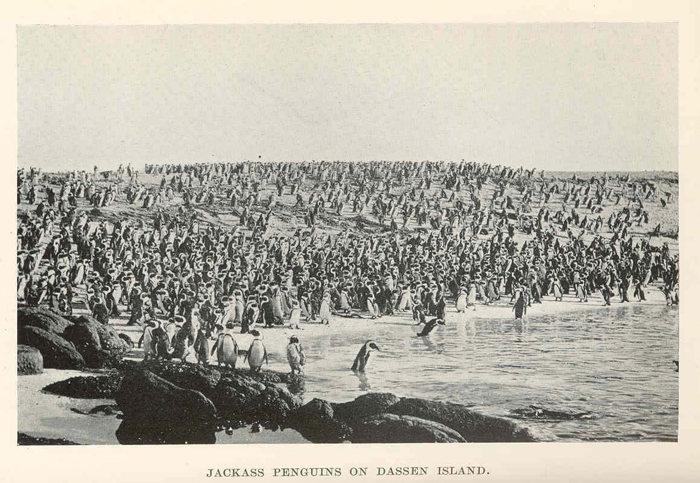Penguins are in trouble – we all know that. But the extent of the population decline became clear when I attended a talk by Dr Stephen van der Spuy, executive director of SANCCOB. Written by: Georgina Lockwood

There are few things as delightful as watching a clumsy African/jackass penguin running like a schoolboy with his pants down, then transform into a master swimmer with torpedo-like agility as it dives into the ocean. The African penguin is such a character that it even has its own day – African Penguins Awareness Day.
I was at SANCCOB’s General Meeting at the Two Ocean’s Aquarium, learning about the charismatic penguins that attract 650,000 tourists to the sleepy coastal village of Simon’s Town and what SANCCOB is doing to save them – treating an average of 1,500 penguins in a non-oil-spill year.

The biological definition of a colony is: organisms of the same species, in this case, African penguins, living closely together to benefit from the safety found in numbers. Colonies of these suited-up little birds used to exist all along the southern African coastline. In the 1900s, it was estimated that there were between three and four million penguins – now, that’s a happy and healthy ‘colony’.
By 2014 there were only 19,000 breeding pairs dotted across South Africa, with another estimated 6,000 in Namibia – that’s not many, is it?


Sadly, overfishing, habitat loss, oil spills and predation by domestic and man-introduced animals pose the biggest threats to the African penguin’s survival. The population in South Africa is now restricted to areas around Simons Town, Robben Island, Dyer’s Island, Stoney Point and Dassen Island, with 60% of the birds occurring on St Croix Island and Bird Island near Cape St. Francis.
What is SANCCOB doing to help? In 2006 SANCCOB embarked on a Chick Bolstering Project – treating between 800 to 900 penguin chicks per year and roughly 500 just between October and January that were abandoned by their parents in moulting season – a time during which the adults shed and regrow their tuxedos and are unable to feed. This is a natural occurrence, but as so few penguins are left, human intervention has been deemed essential for the aquatic bird’s survival. And the good news is, it’s working! A recent study has revealed that hand-reared chicks survive just as well as wild ones.
SANCCOB has treated 95,000 oiled, injured, abandoned, and ‘at risk’ African penguins and other seabirds since 1968 in Cape Town and Cape St. Francis, and in my humblest of opinions, this is a charity worth supporting.
To comment on this story: Login (or sign up) to our app here - it's a troll-free safe place 🙂.![]()






